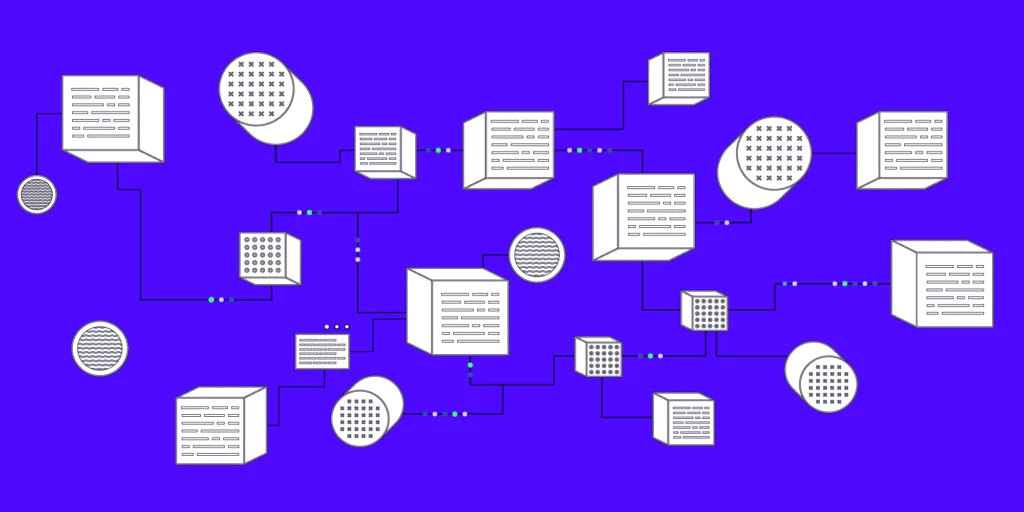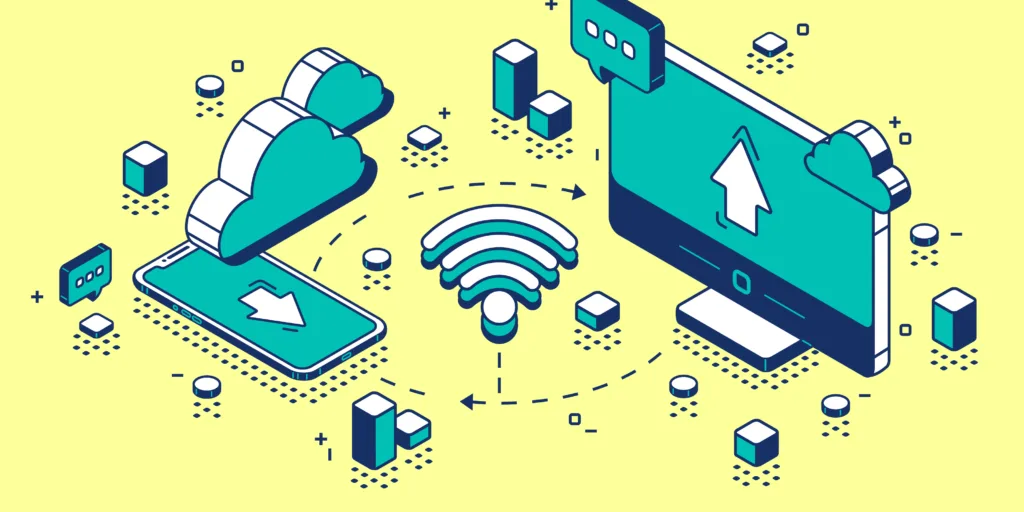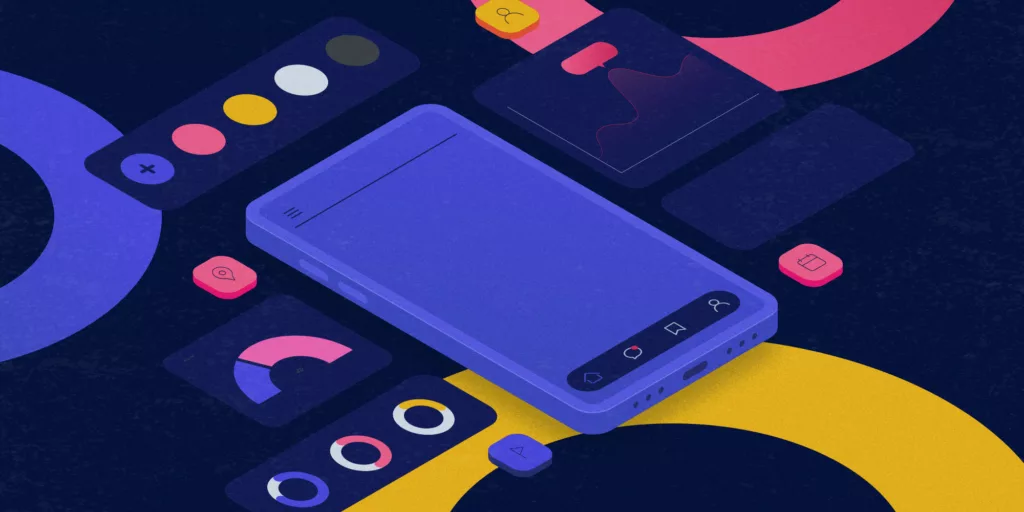I didn’t know how software development was purchased. However, I found Identio on LinkedIn and contacted them there.
This quote is not from our most typical customer, but the starting points for implementing different software projects can vary greatly.
Software projects can be undertaken as extensive, multi-year implementations with a continuous development mentality or more clearly defined as projects with a distinct beginning and end. However, it is essential to note that even in project-based implementations, there are almost always maintenance and further development needs associated with them. So, it is wise to prepare for future investments regardless of how development work has been done previously.
At Identio, we deliver complex customized solutions, which we develop in collaboration with our clients. For instance, we do not build simple websites.
Are you about to initiate a new project that requires technology consulting? Or do you have an existing project where you need additional assistance?
Let’s now take a closer look together at how the process usually proceeds with us.
1. Contact
We have also served customers who haven’t previously purchased software development services. However, this is rare, and most of the time the customer knows how to proceed. The customer can get in touch through our website forms or other contact information, such as email. Sometimes, potential customers have made initial contact through other channels, like LinkedIn. We want to make it easy for them to reach out, and we continue the conversation in a way that suits the customer.
A more experienced customer may request CVs of potential experts from multiple companies at once. In this case, their needs are likely clear and well-defined, and the required technical expertise is often already known.
2. The first meeting and understanding of the customer’s needs
In the first meeting, we go through the customer’s needs and the nature of the project. Often, within a few minutes, we can determine the type of project and whether a partnership should be considered. It is important for us to highlight different possibilities and challenges right from the beginning.
During this phase, we discuss not only software development but also other software-related needs, such as service design and UI/UX design.
It is in the interest of both parties to begin collaboration only if it feels right for both.
When Identio could be the right partner for the customer
- The customer has a clear, specific need for a certain role in the development team, and we can discuss providing one or more software developers. Such situations are often the easiest for both parties.
- There is a specific need for certain technology. Our team has diverse technology expertise, and we can meet the customer’s needs if consultants with the right skill profiles are available or will be available for the project.
- The project aims to build something new, requiring specific roles or expertise, such as architecture design and DevOps.
- Subcontracting. We have completed numerous projects in collaboration with our partners, including situations where the customer needs additional resources for a public sector tender.
- One of the above points applies, and the customer is looking for a committed and reliable partner. Identio is a company owned by its creators, and it is essential for us to stand genuinely behind our expertise.
When Identio isn’t necessarily the right partner for the customer
- The need is unclear, or the customer doesn’t have a budget. While we happily assist in specification, the buyer is expected to have a certain amount of knowledge at this stage. Budgeting should also consider the software development lifecycle; development work doesn’t end when the project is completed.
- The customer has no experience in purchasing IT projects, which often leads to misconceptions about project complexity or budget.
- The budget discussion should start with several tens of thousands of euros.
- The customer does not want to pay for bug fixes. While bugs can be prevented, they are still part of software development and occur in every project.
- Available expertise does not match the customer’s needs. Sometimes a software developer can learn a new technology for a new project, but generally, the available person should possess the right skill profile.
- The customer wants to buy a large development team. In a company the size of Identio, it can be challenging to free up enough (4+) developers simultaneously for a new project.
- The customer has no person involved in the project. It is crucial that development work occurs in close cooperation with the customer.
- The customer wants the consultant to work on their premises five days a week. It is essential for us that everyone at Identio feels like an integral part of our company. That feeling may not be achieved if the consultant works constantly away from their own office.
What if we are not the right software development partner for the customer?
We believe in cooperation and doing good. We always try to guide and help the customer in the right direction. Either we guide them in defining their needs or refer them to another party if we can’t provide what they genuinely need.
We have also directly referred numerous projects to our competitors when we weren’t able to offer what the customer truly required. We believe that goodness always comes back.
3. Second meeting with a technical expert
Building a new product or service
If the project aims to create a new product or service, at this stage, we discuss how to approach the development work. The project can be initiated with a design sprint, which condenses the project into a shorter period, typically a week or two. Its purpose is to identify the problem and test its solution. This stage often involves the use of prototypes, and actual coding is not yet done.
Improving an Existing Product
When improving a product or service, the customer often seeks additional pairs of hands. In such cases, the customer is usually an experienced buyer, and it is easy for the consultant to become part of the development team.
In both situations, it is beneficial for the customer to also have a conversation with a technical expert. This conversation helps the customer better understand the consultant’s expertise and personality. The customer often wants to consider whether this person fits their company culture.
Customers look for various aspects in a partner or consultant, but usually, in addition to expertise, a genuine interest in the customer’s product or service is crucial. Especially at the senior level, consultants are also expected to have the ability to support the team’s expertise development.
The well-being of our employees is a priority for us. We always strive to find projects that best serve the consultant. This is also in the interest of both parties and fosters a more committed collaboration.
4. Decision on collaboration and its details
Ultimately, it is the customer who decides to start the partnership.
If the partnership is agreed upon, we also discuss price, schedule, and allocation. In most projects, our consultants work almost full-time, but there are cases where weekly hours may be reduced.
Billing rates are always agreed on a case-by-case basis and usually based on hourly rates.
5. Sorting out the contracts
Depending on the project and its nature, we often make collaboration agreements for either one month, three months, or half a year at a time. These short contract periods provide security for the customer, as they are not committed to development work for an excessively long time at once.
Alternatively, the contract can be permanent, but in this case, the termination period is short, usually one month.
Read more about our work or use the form below to leave your contact information.






